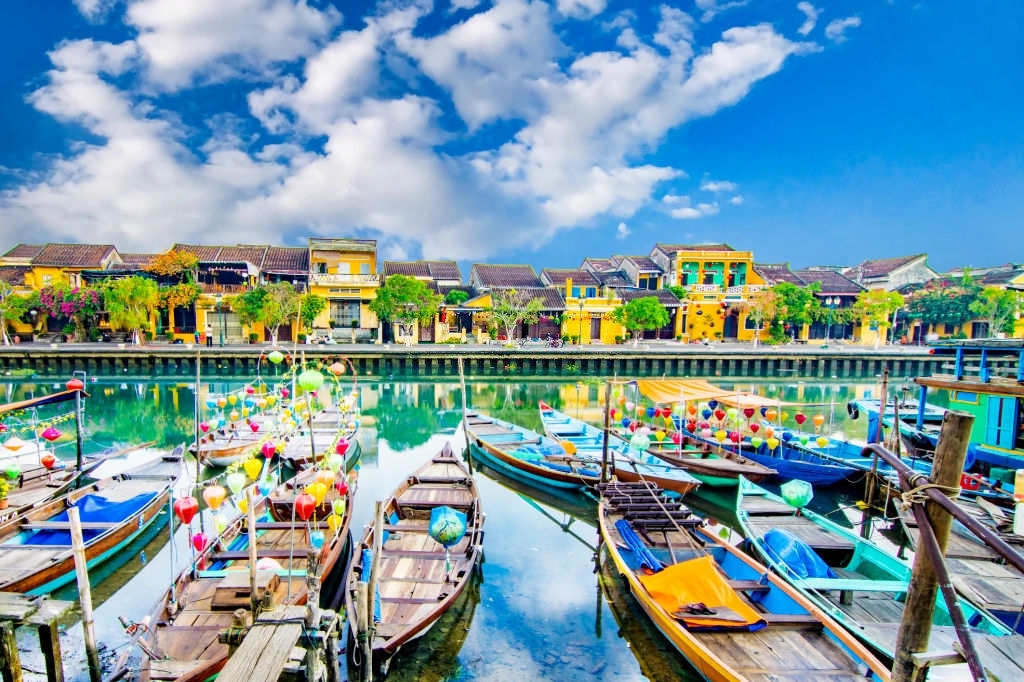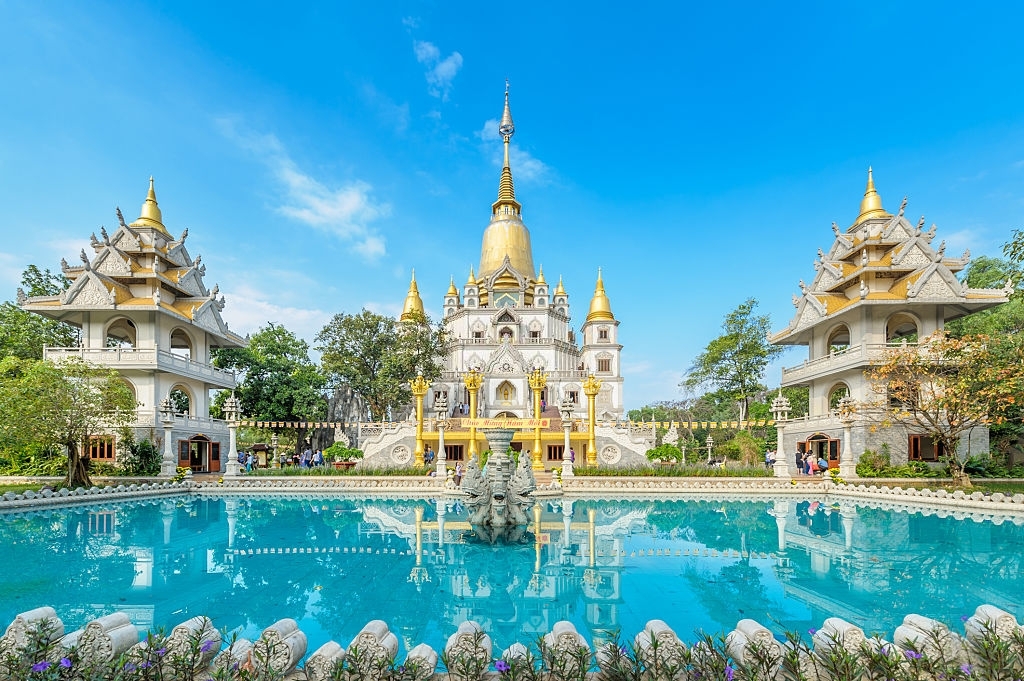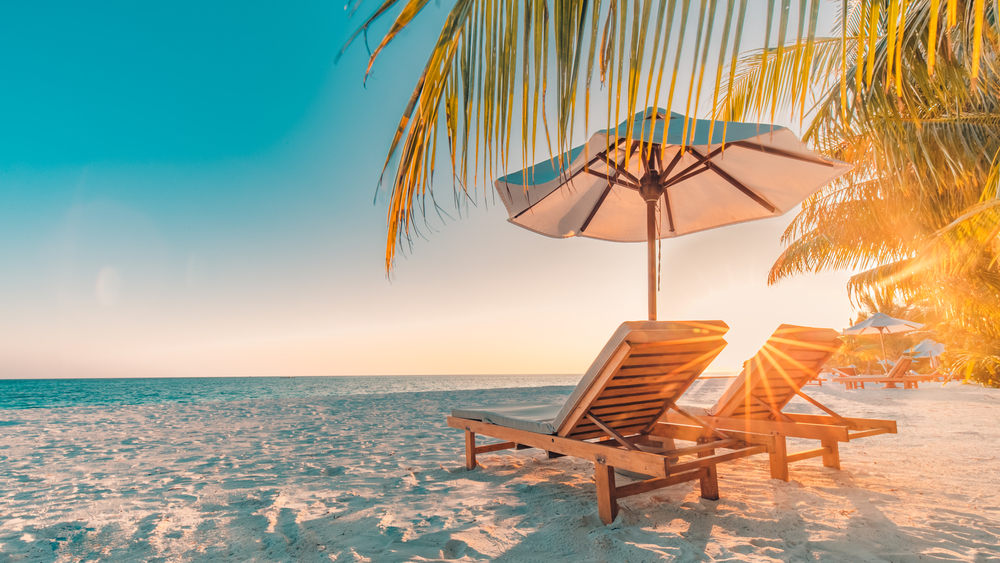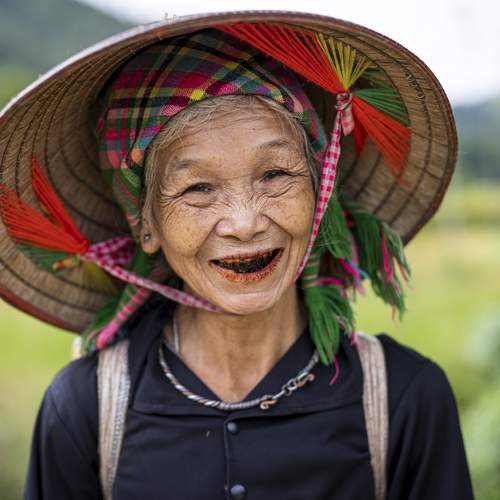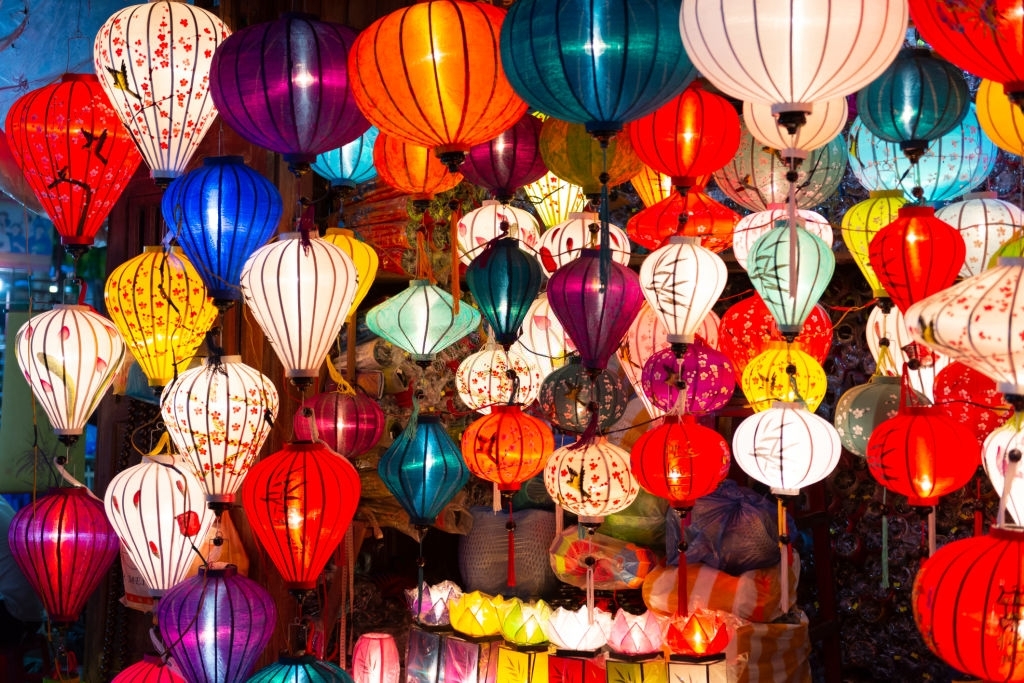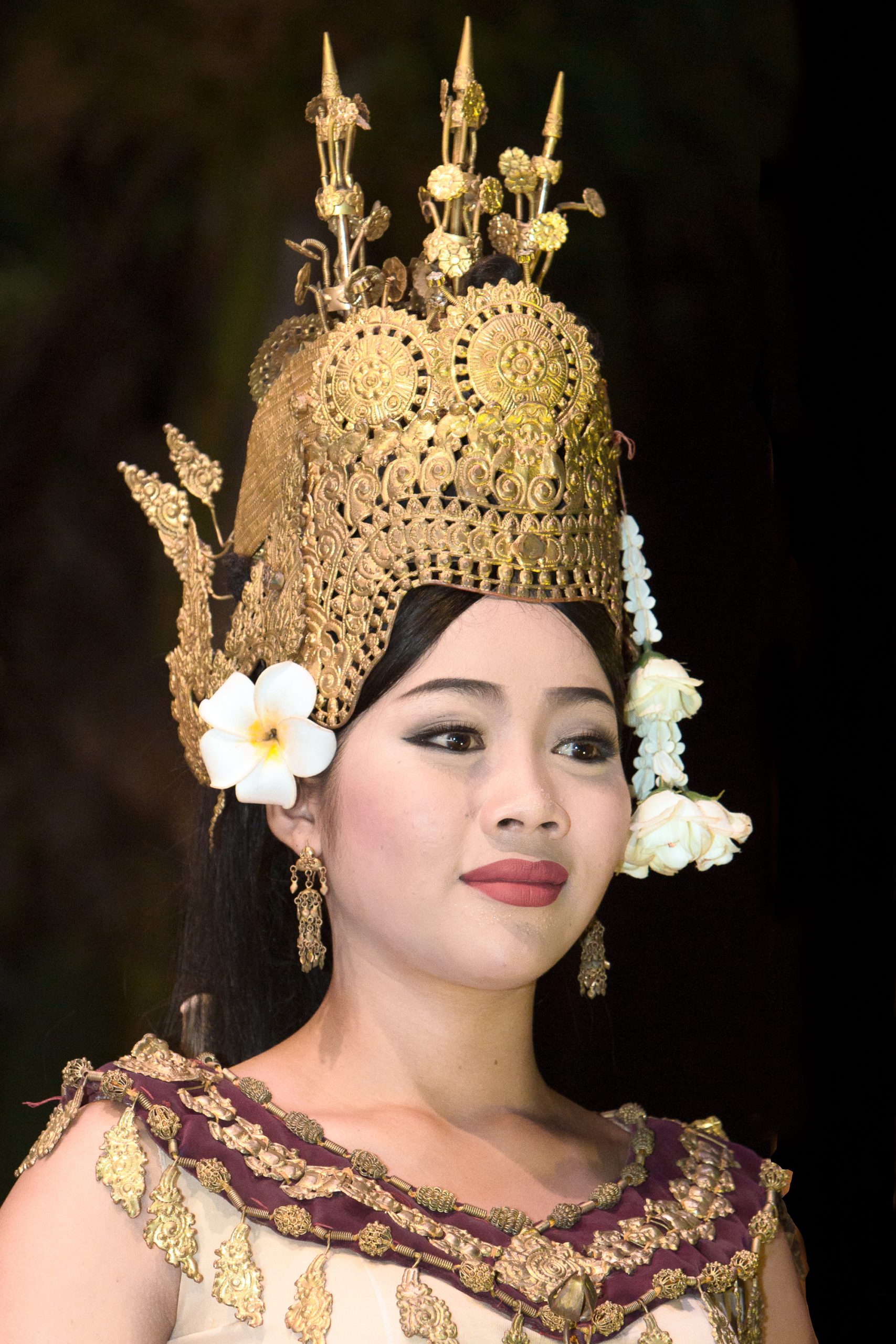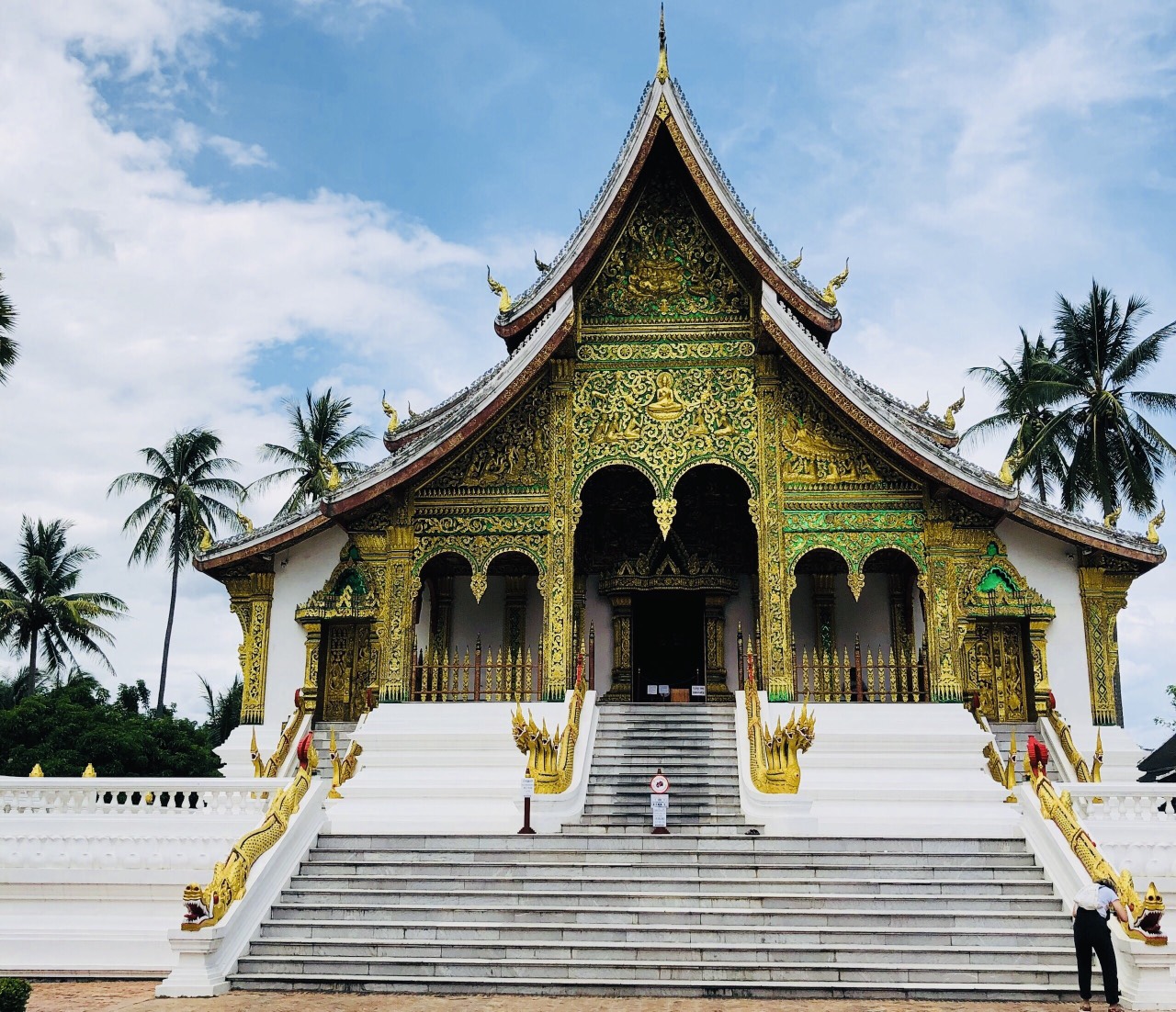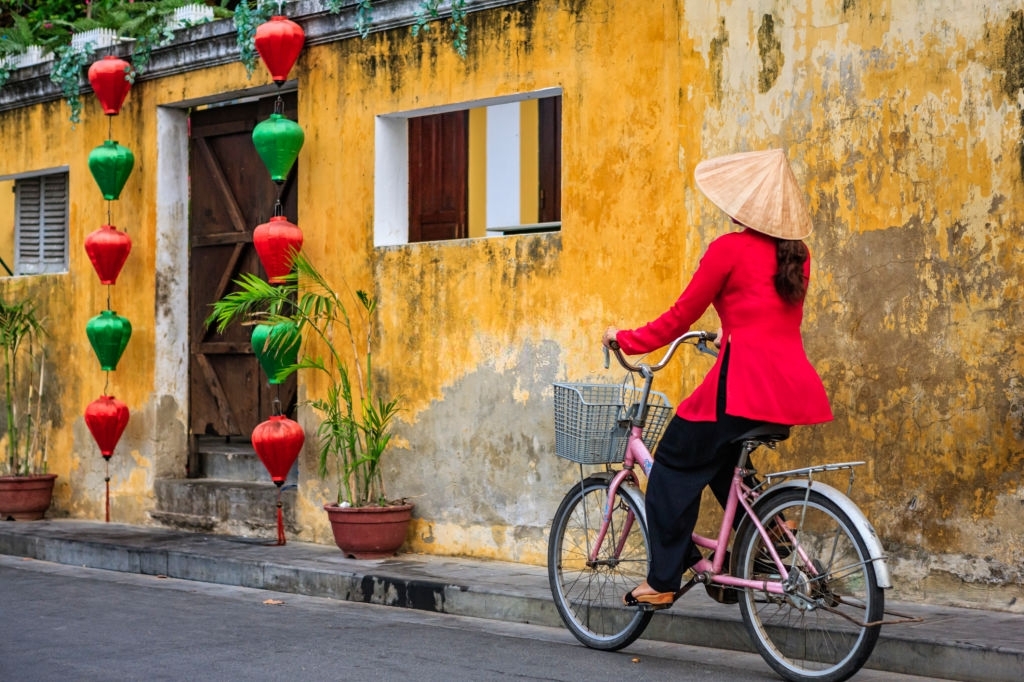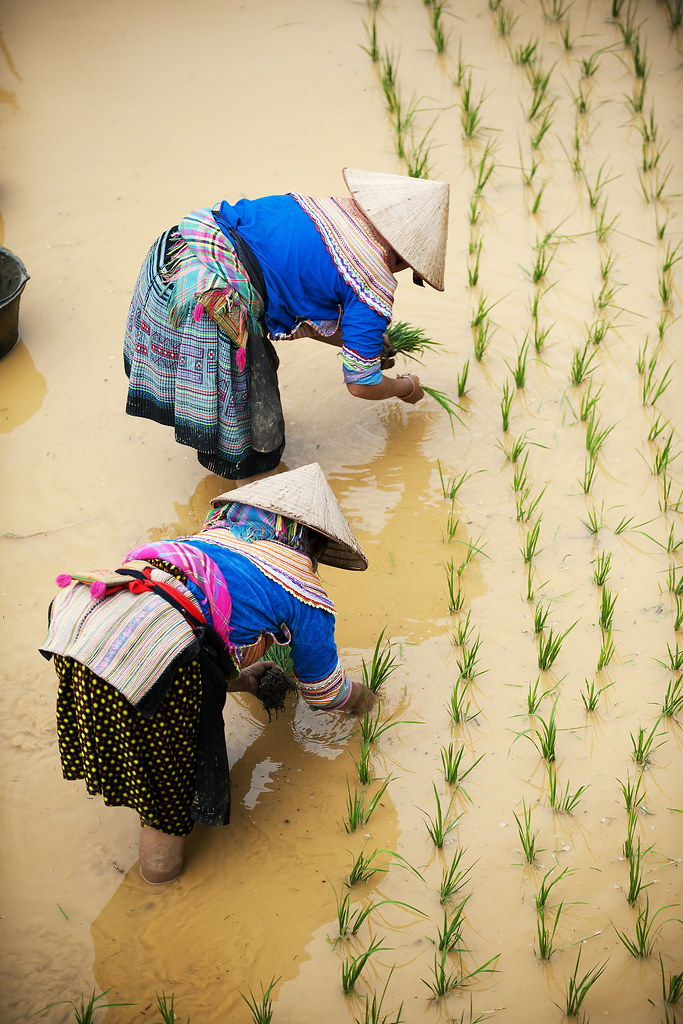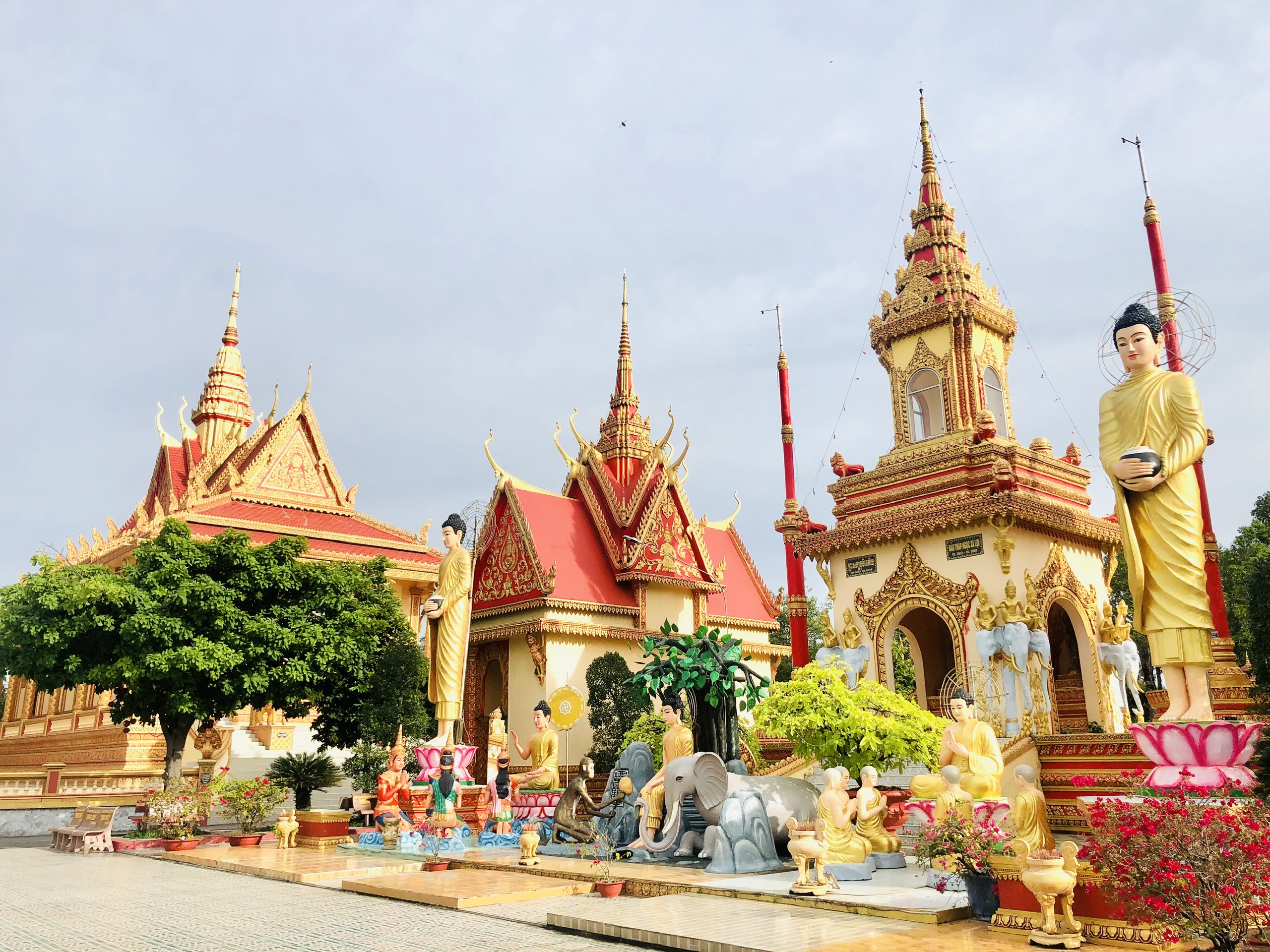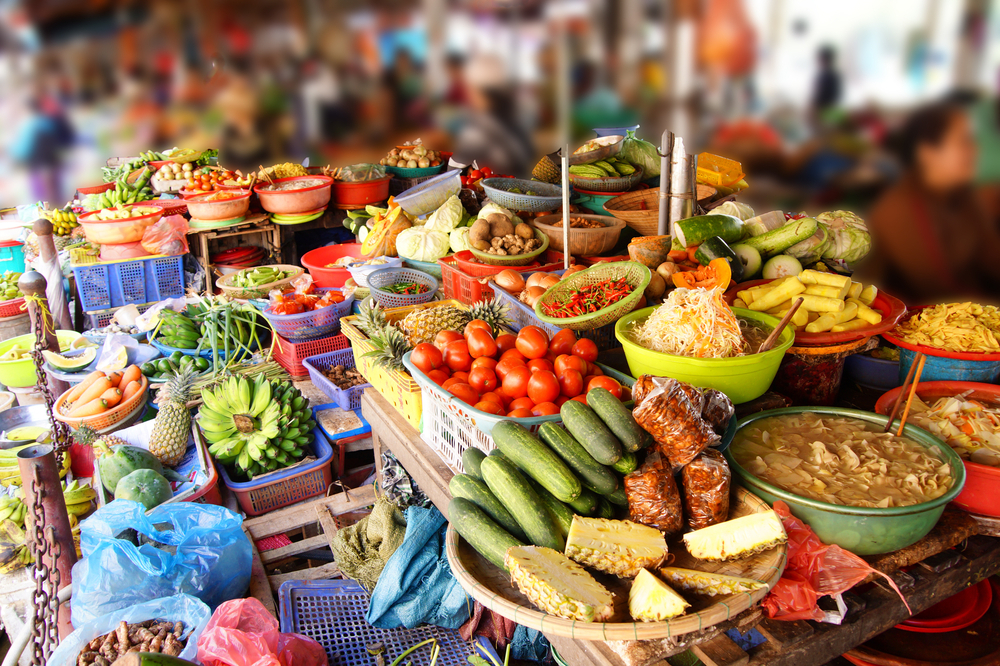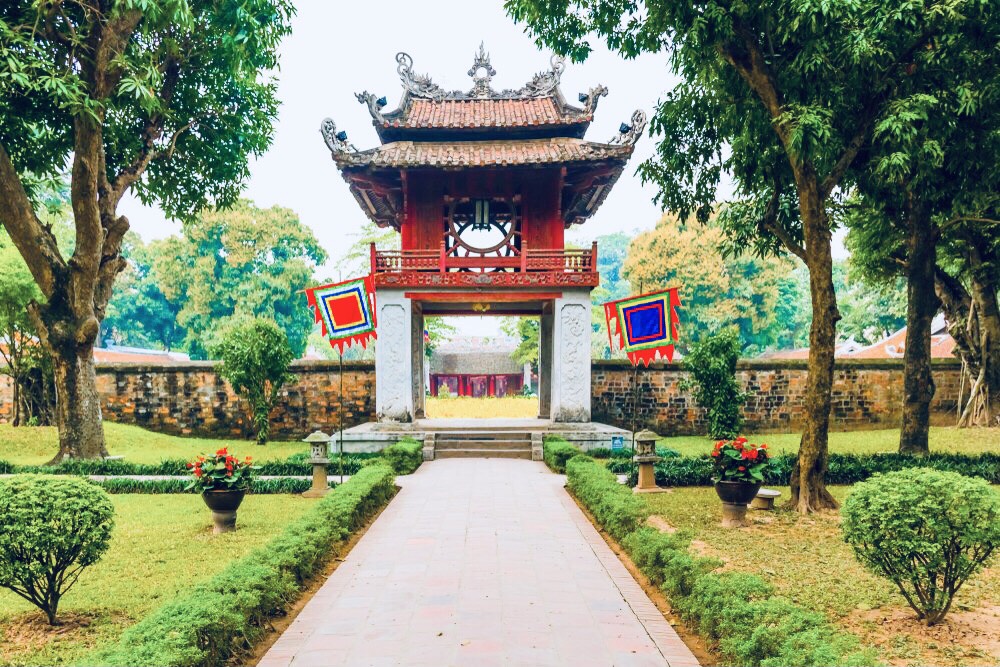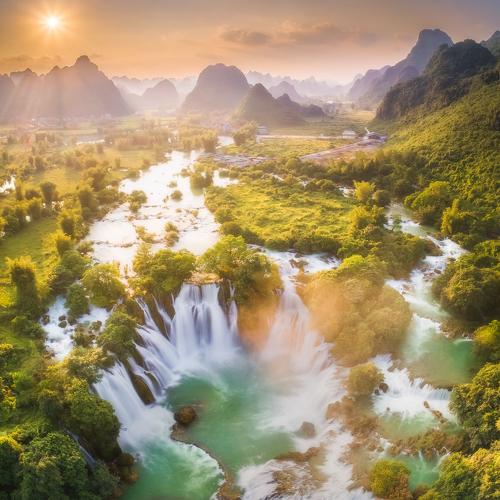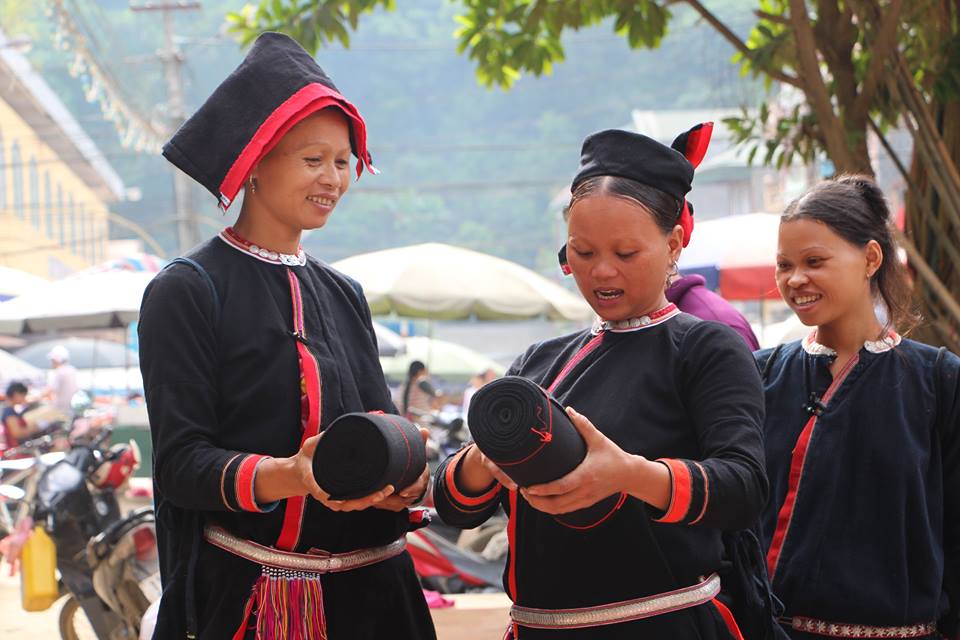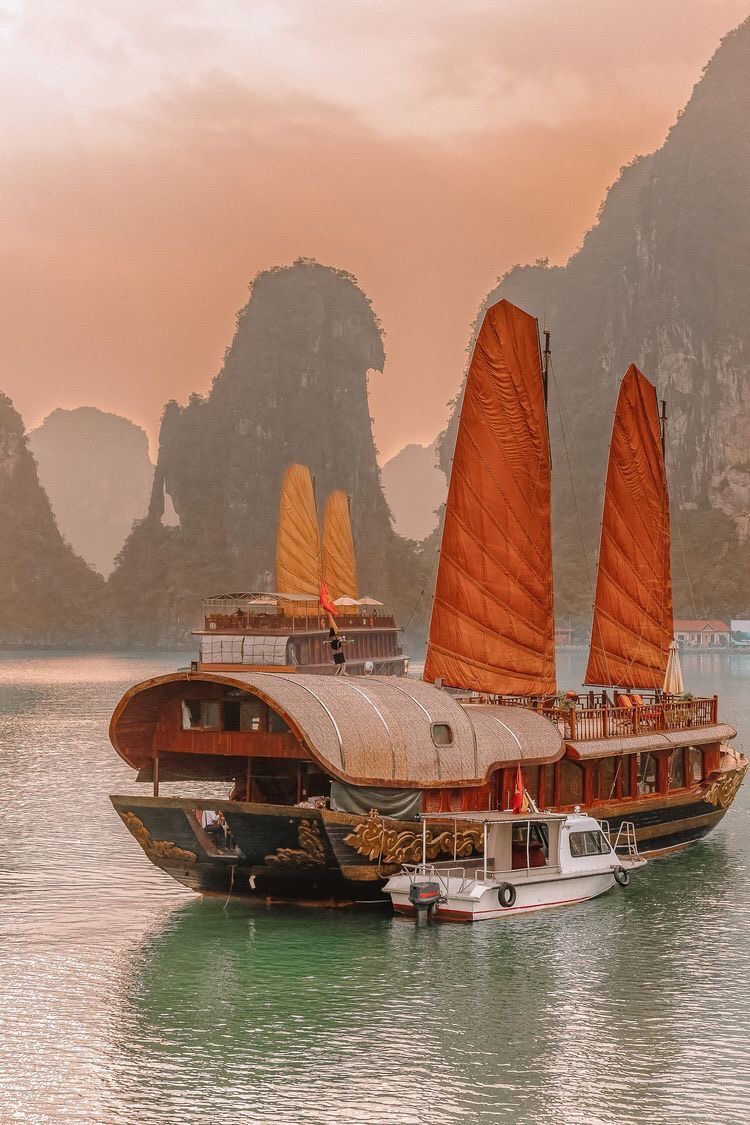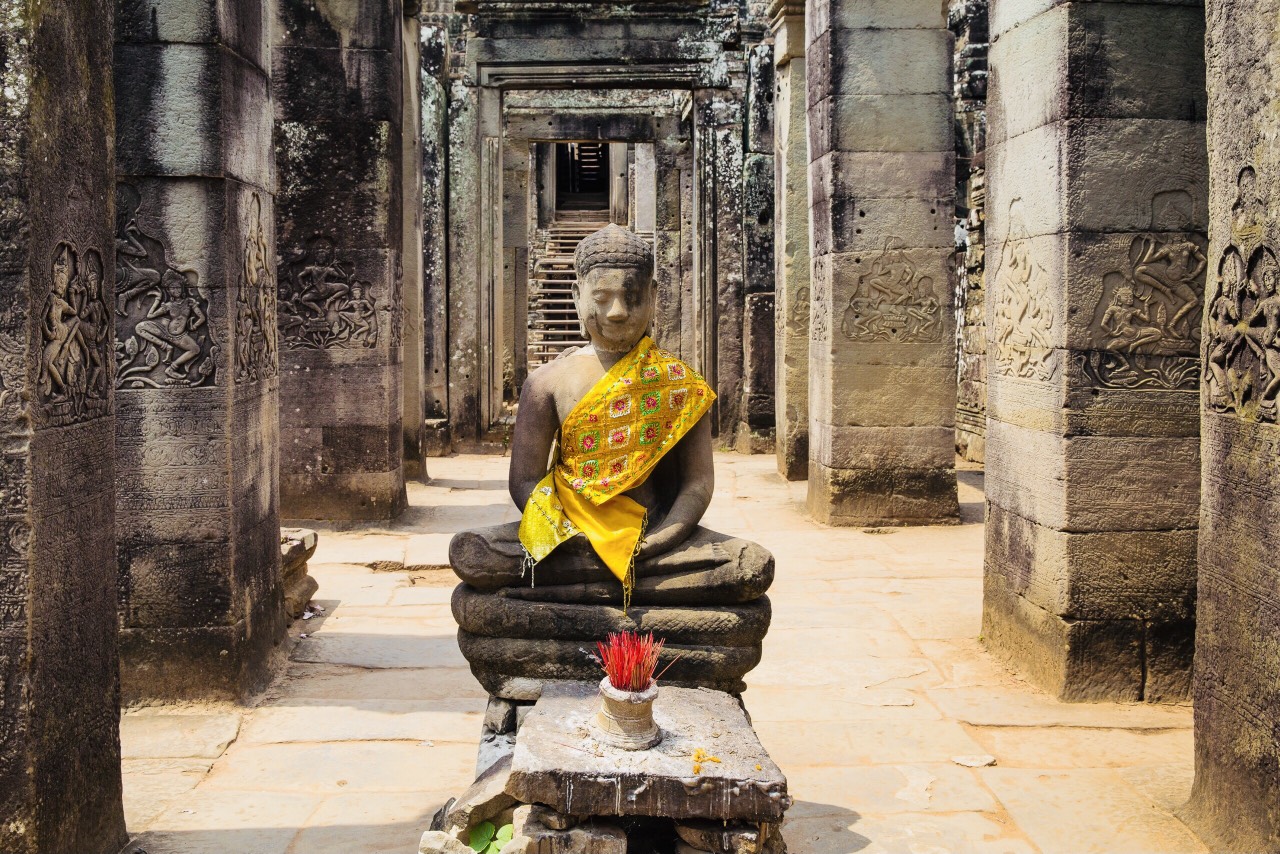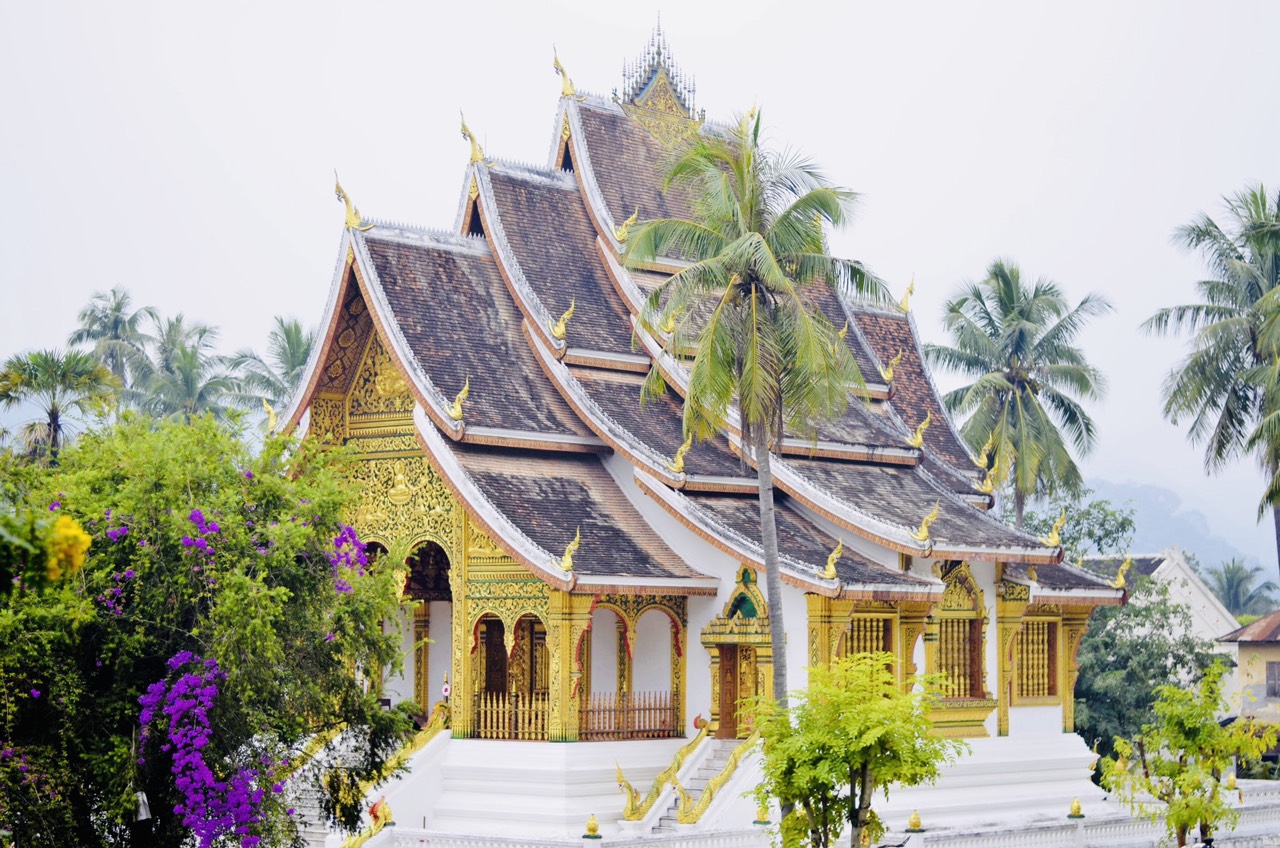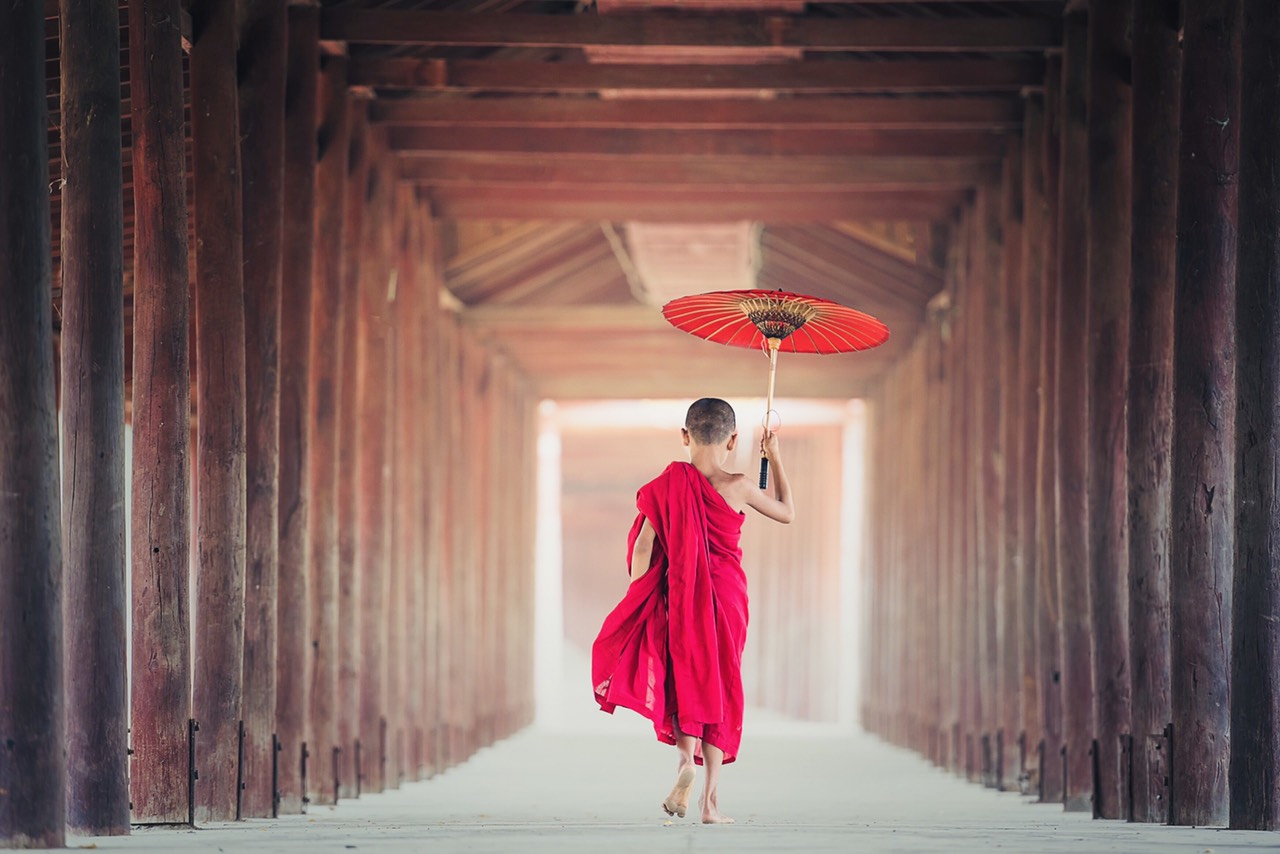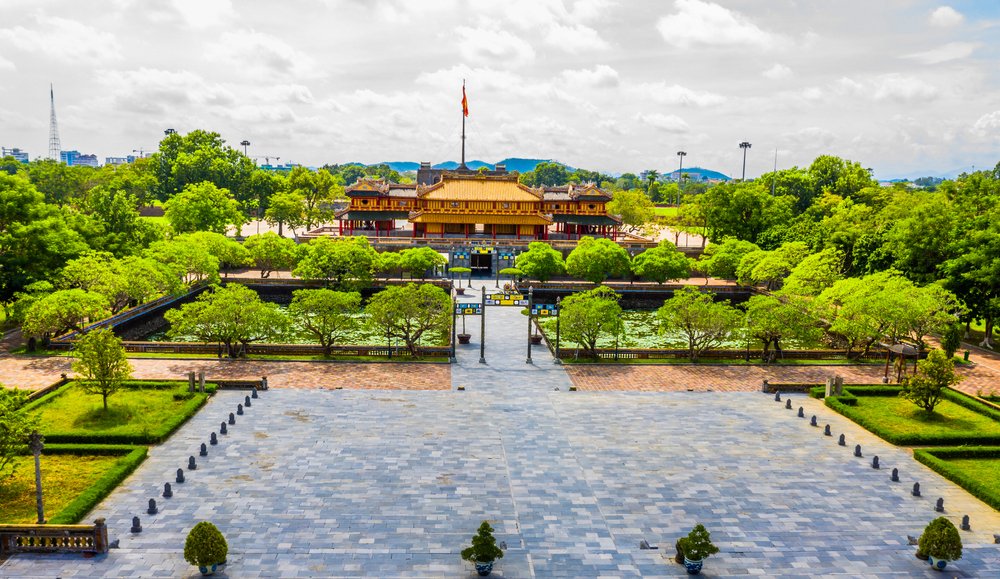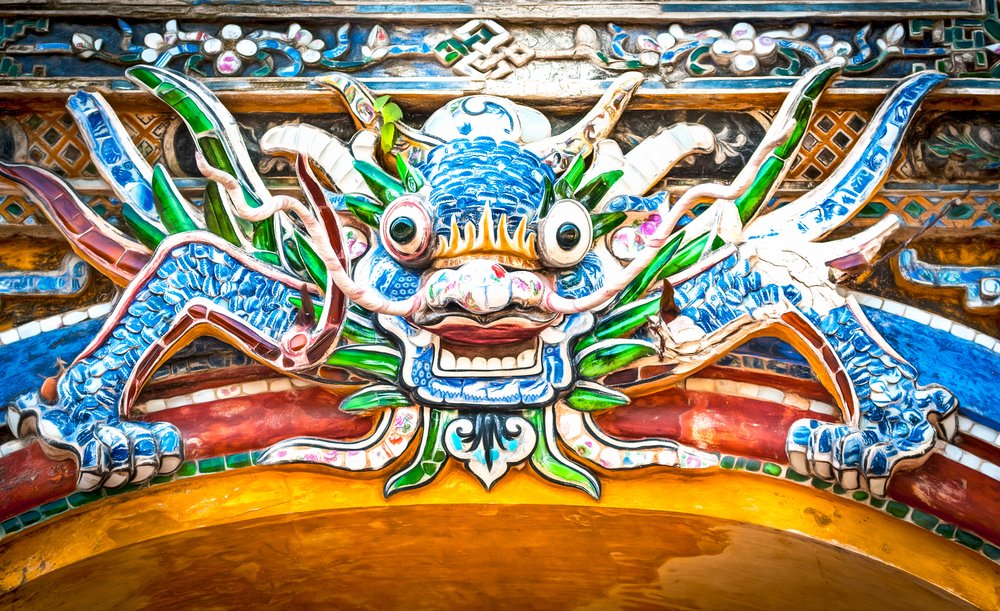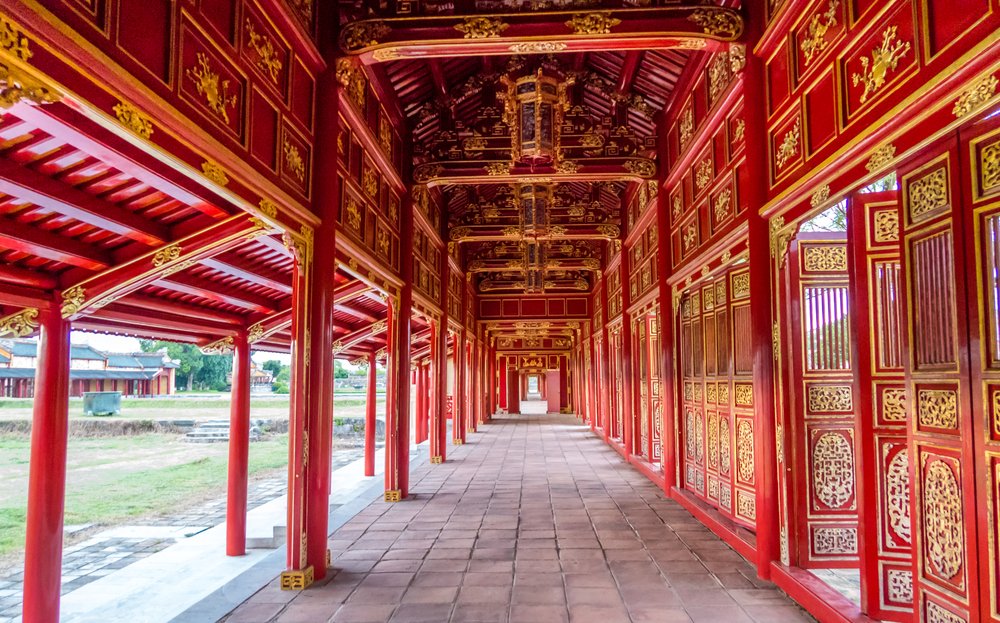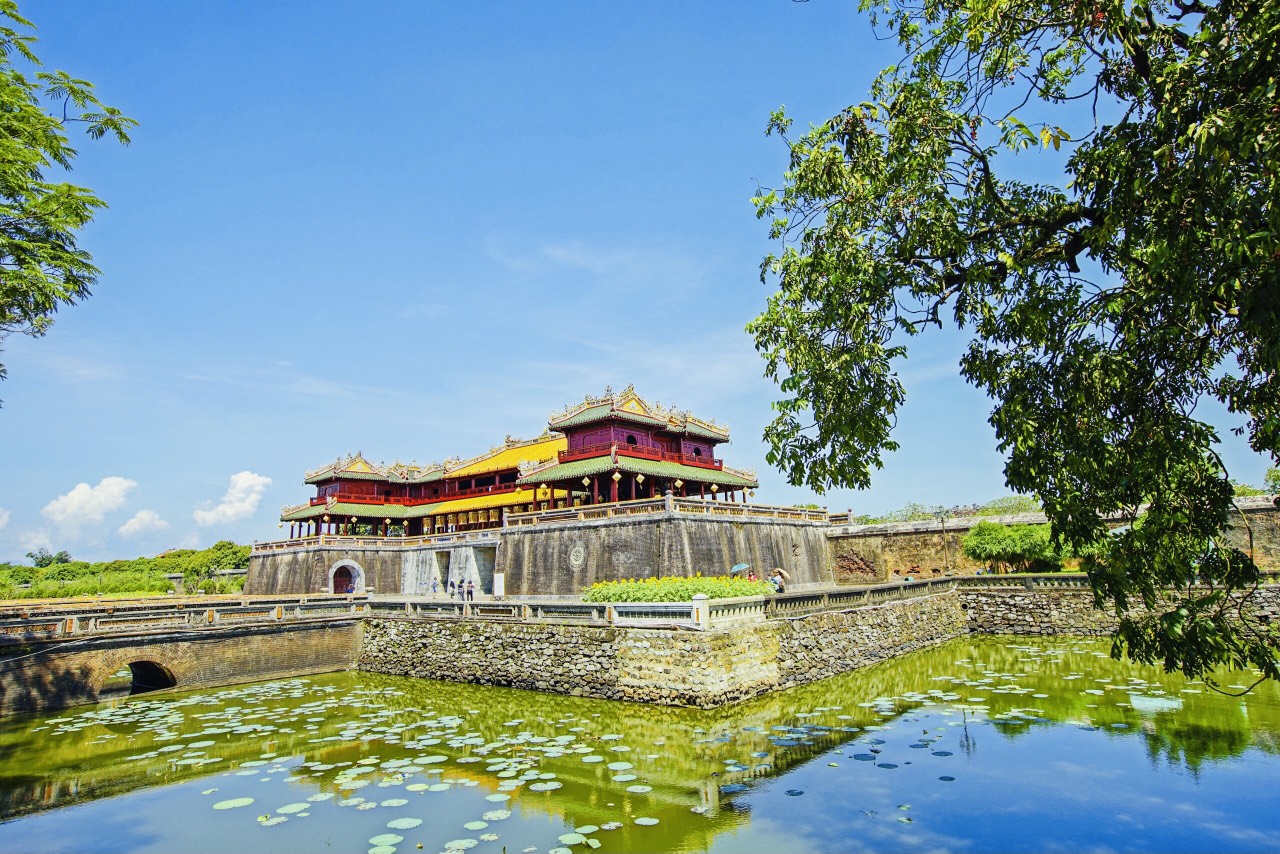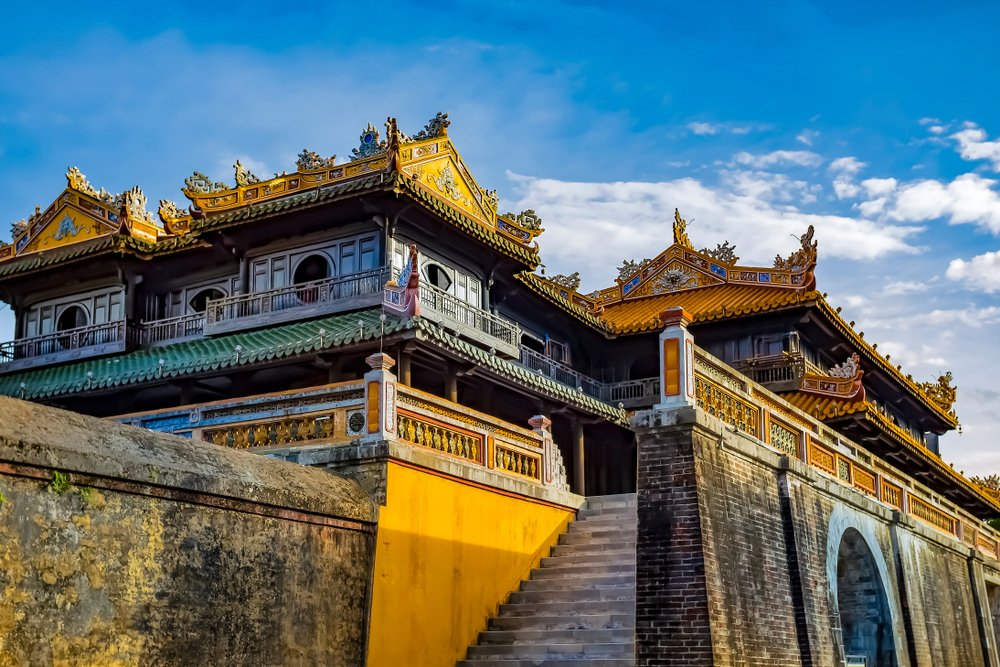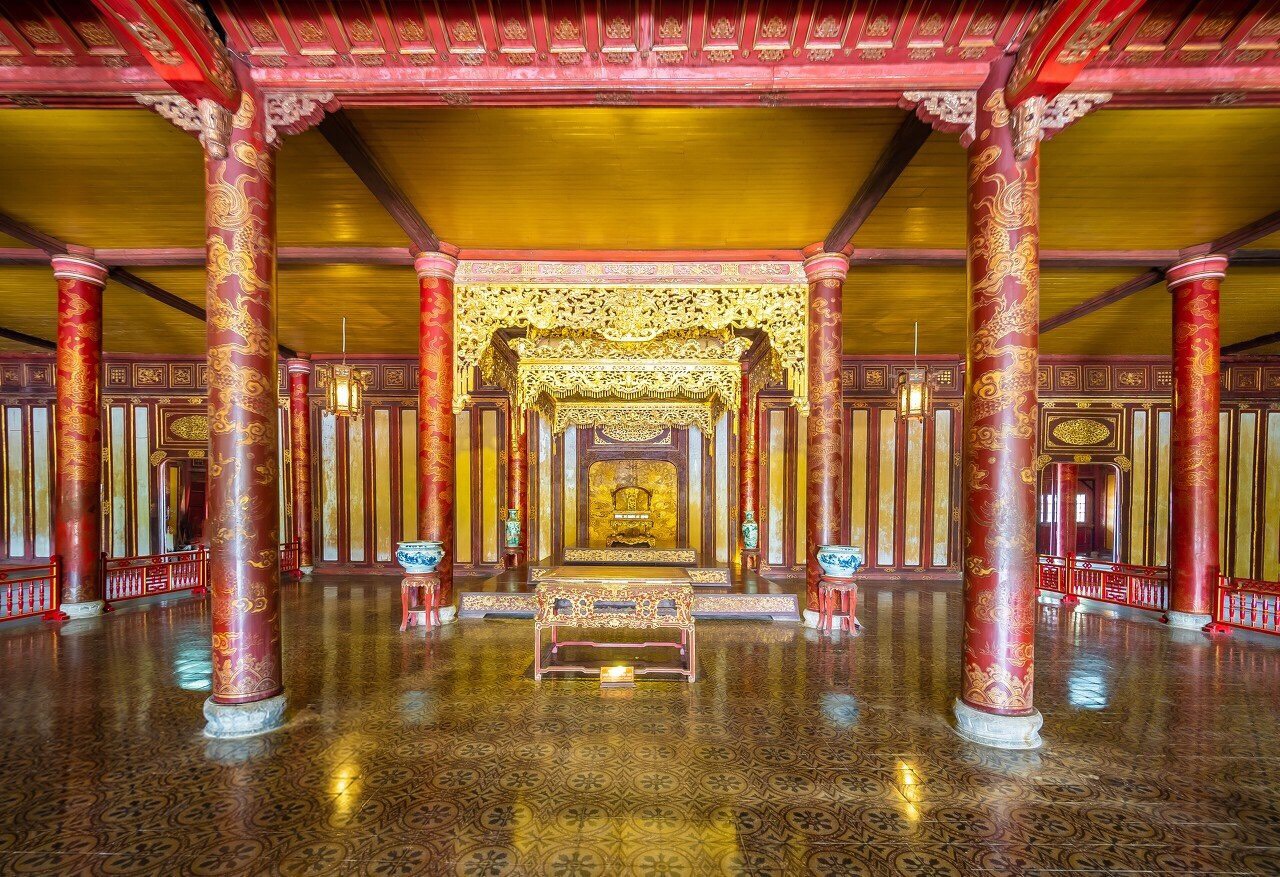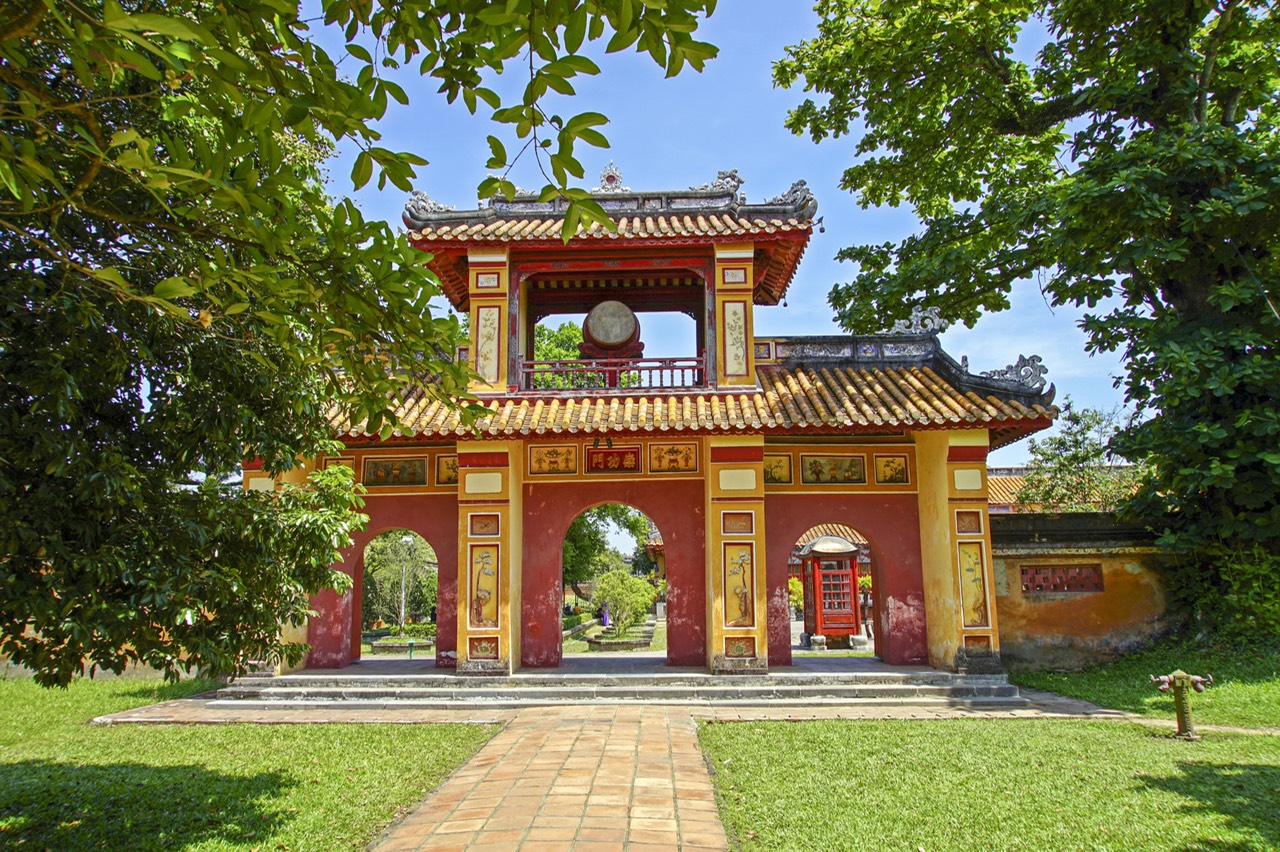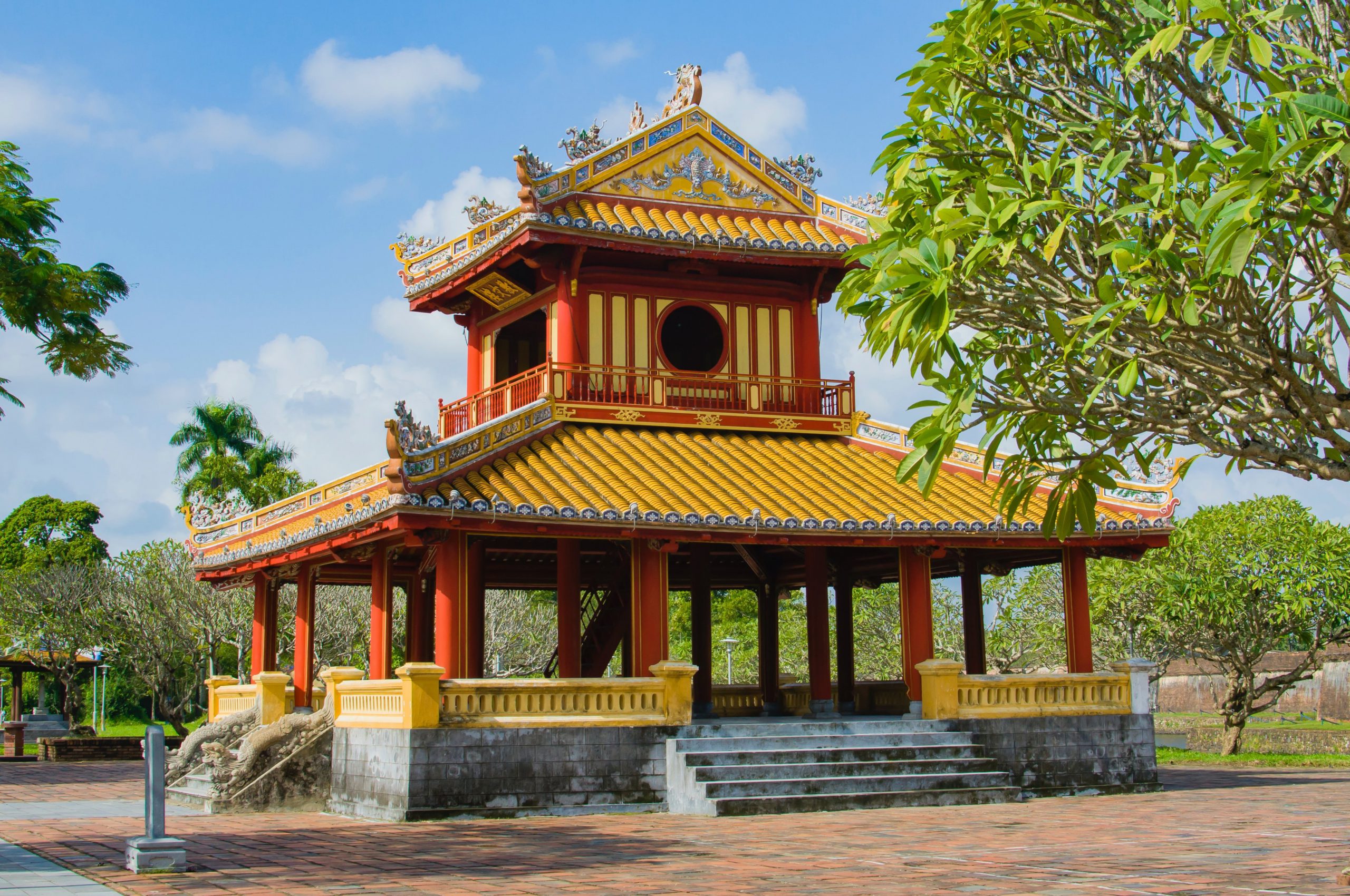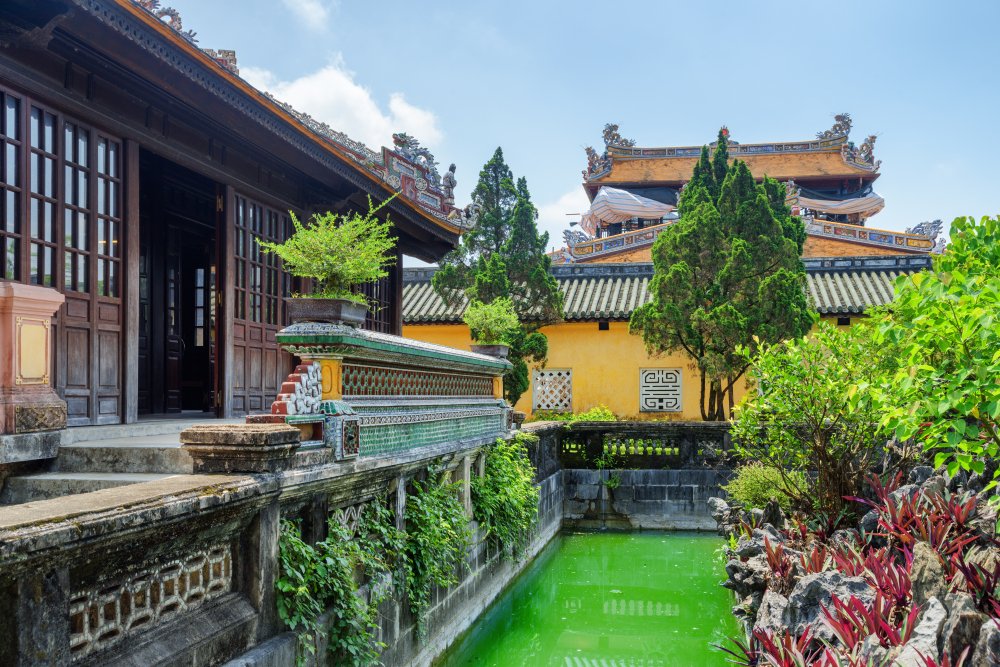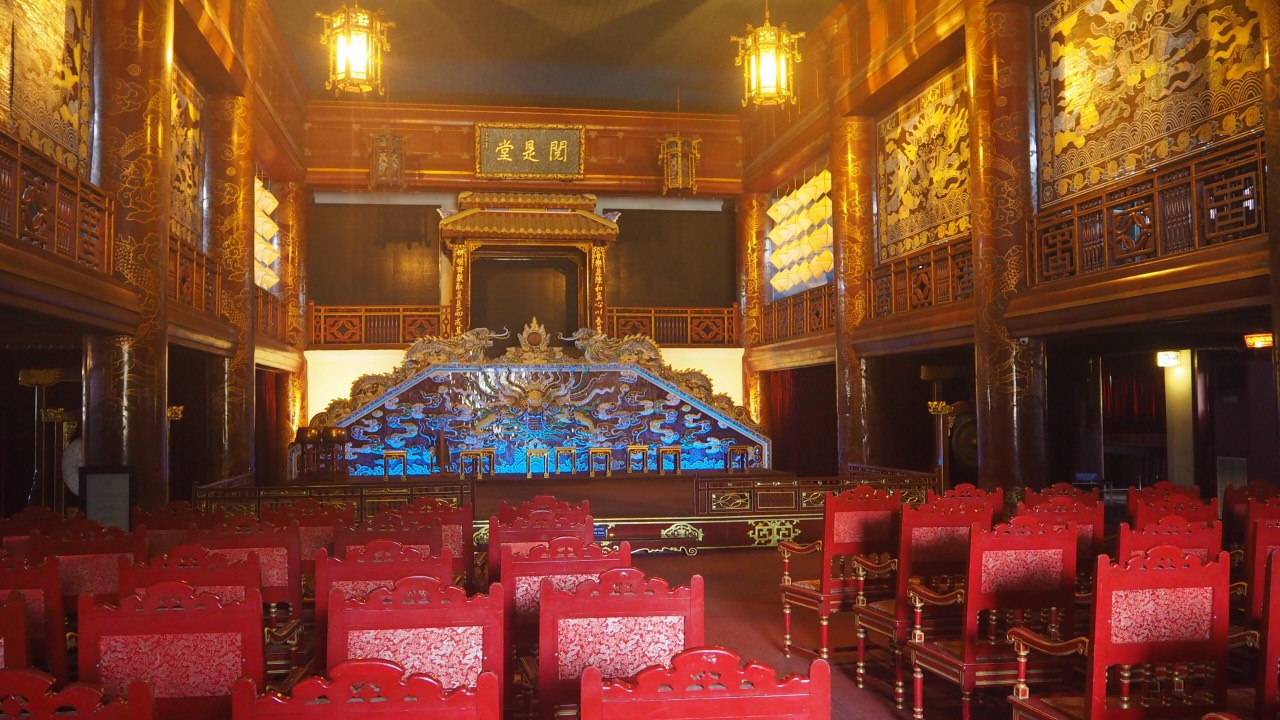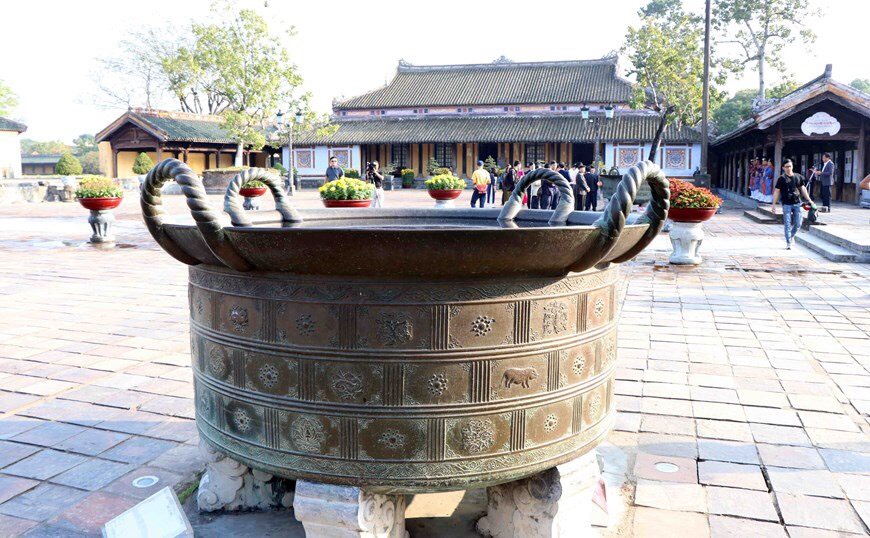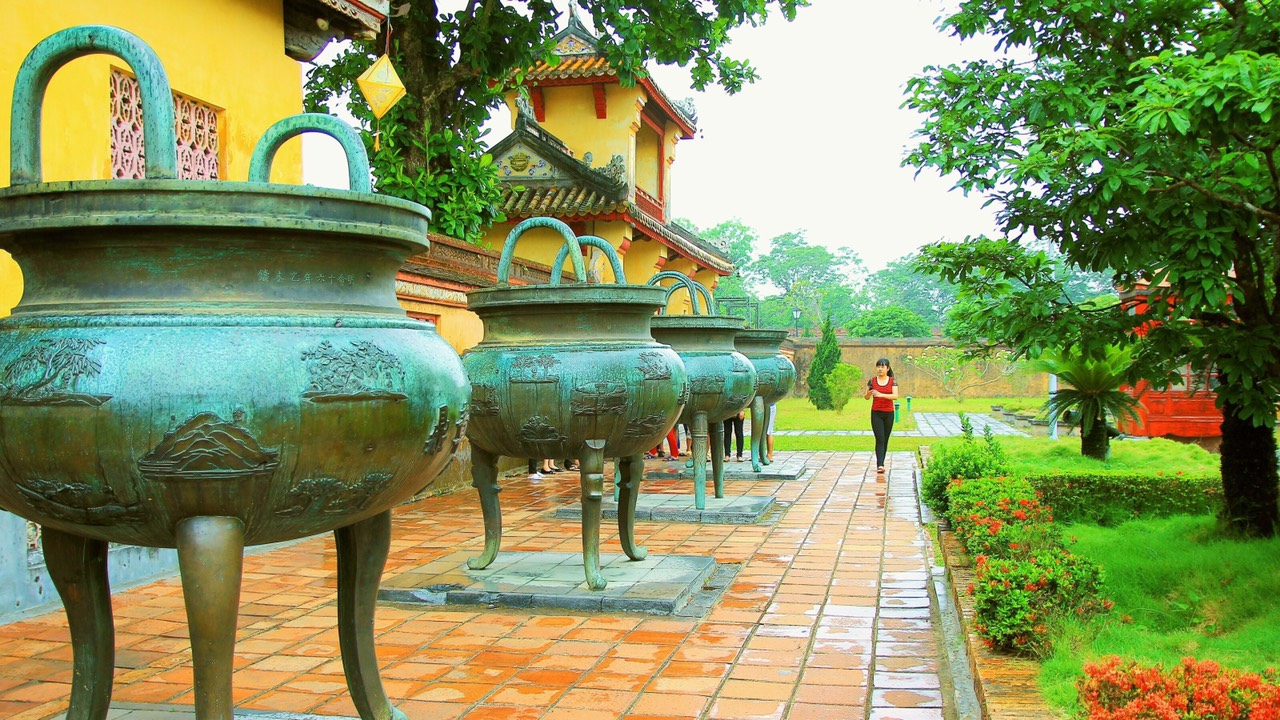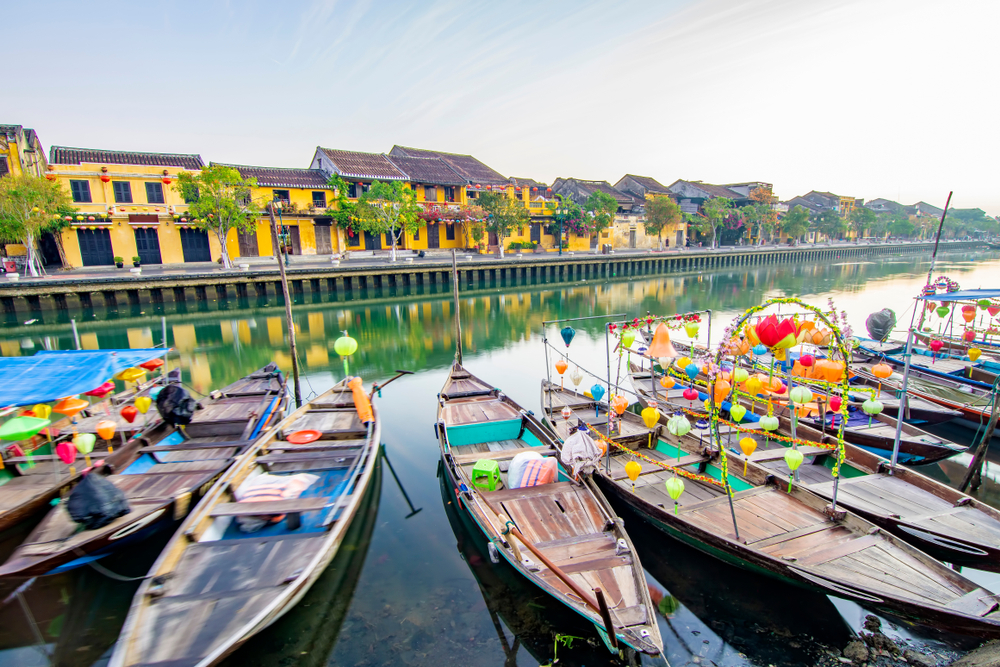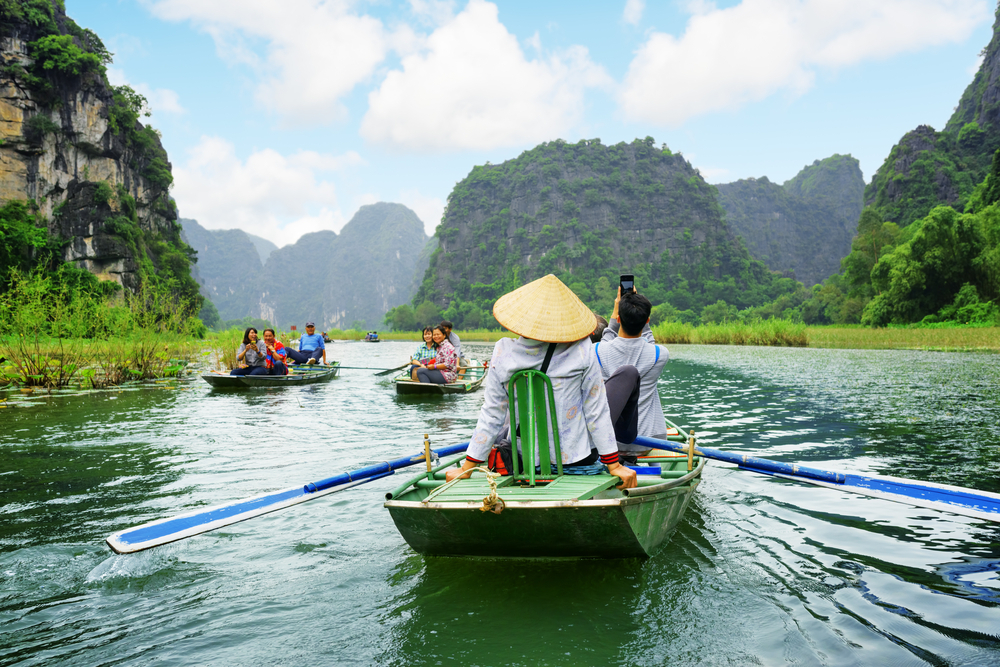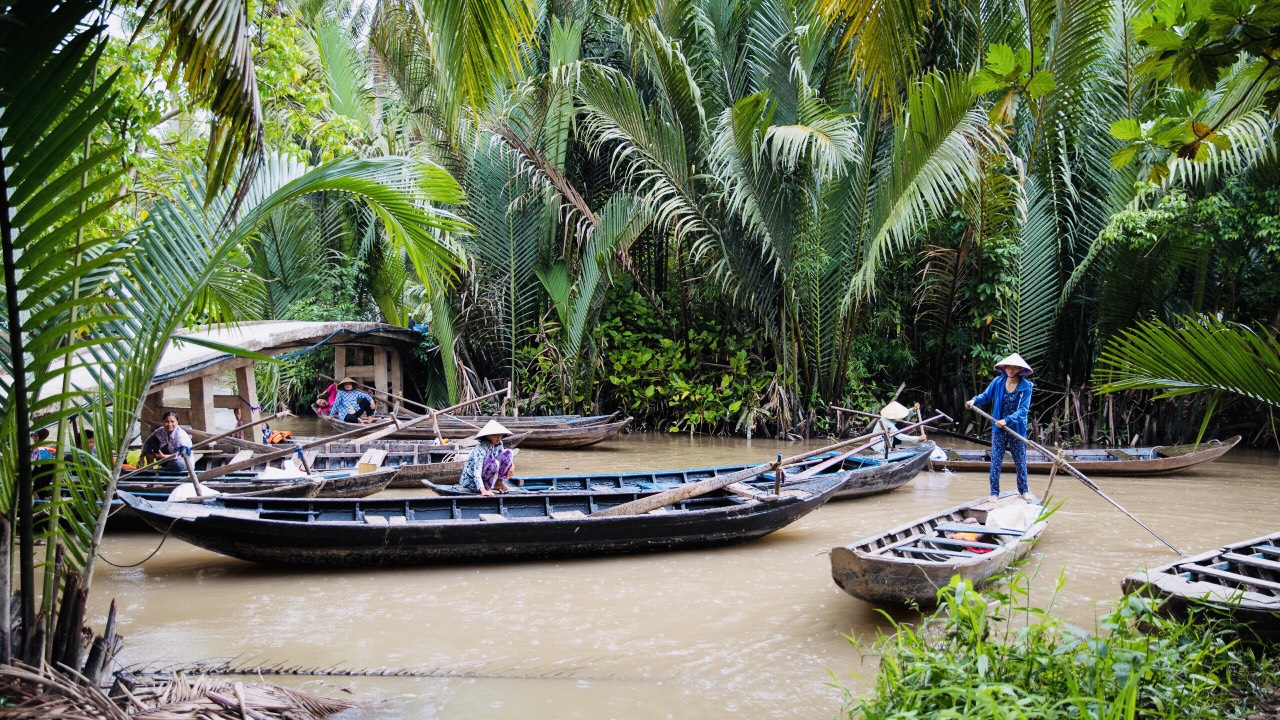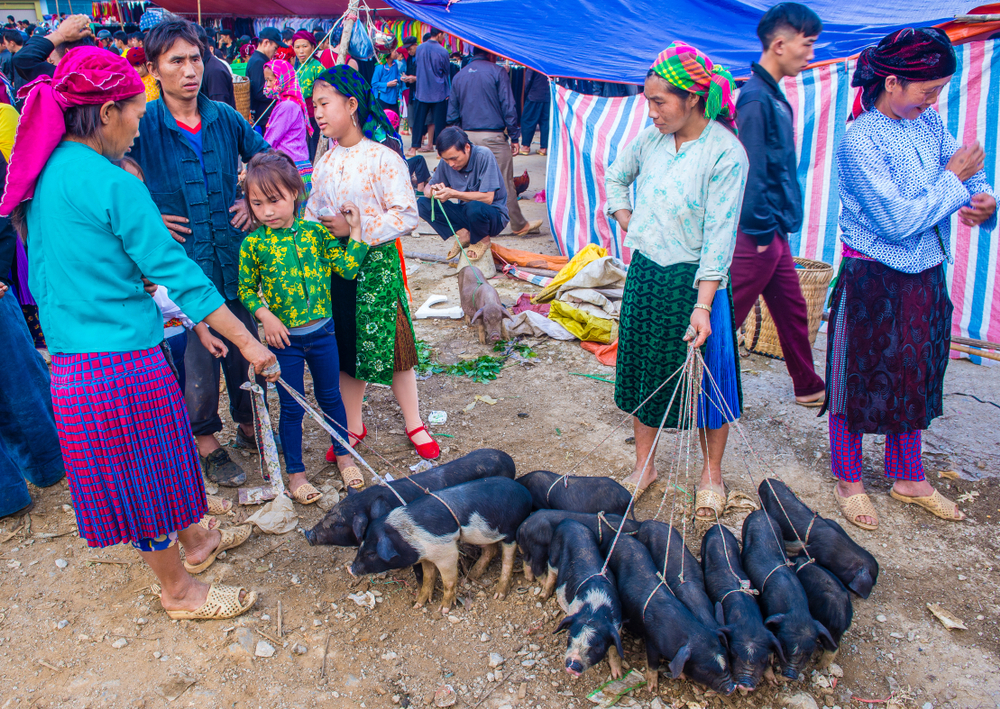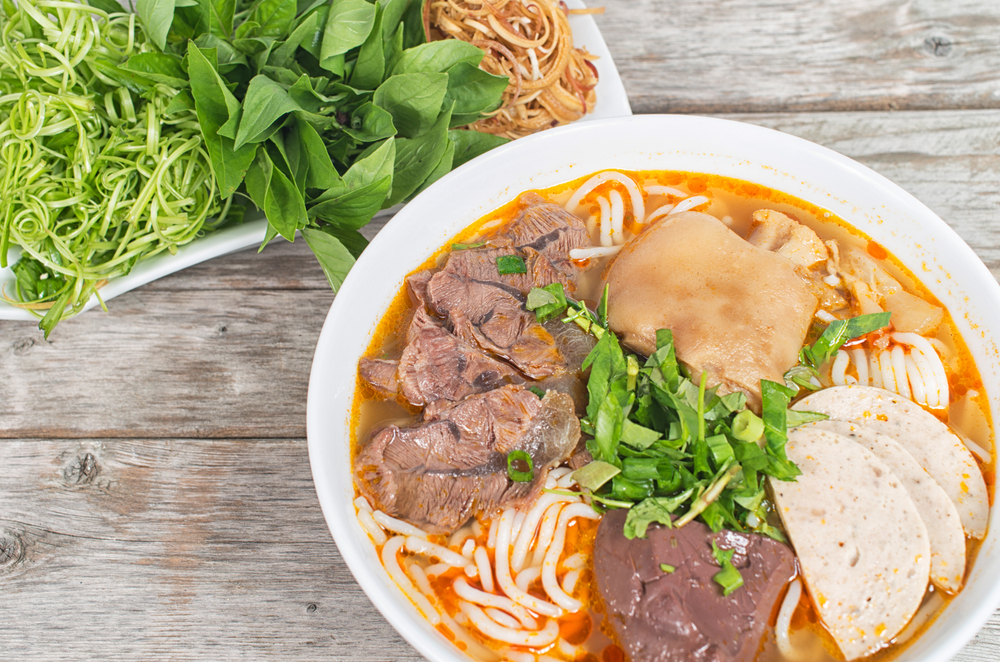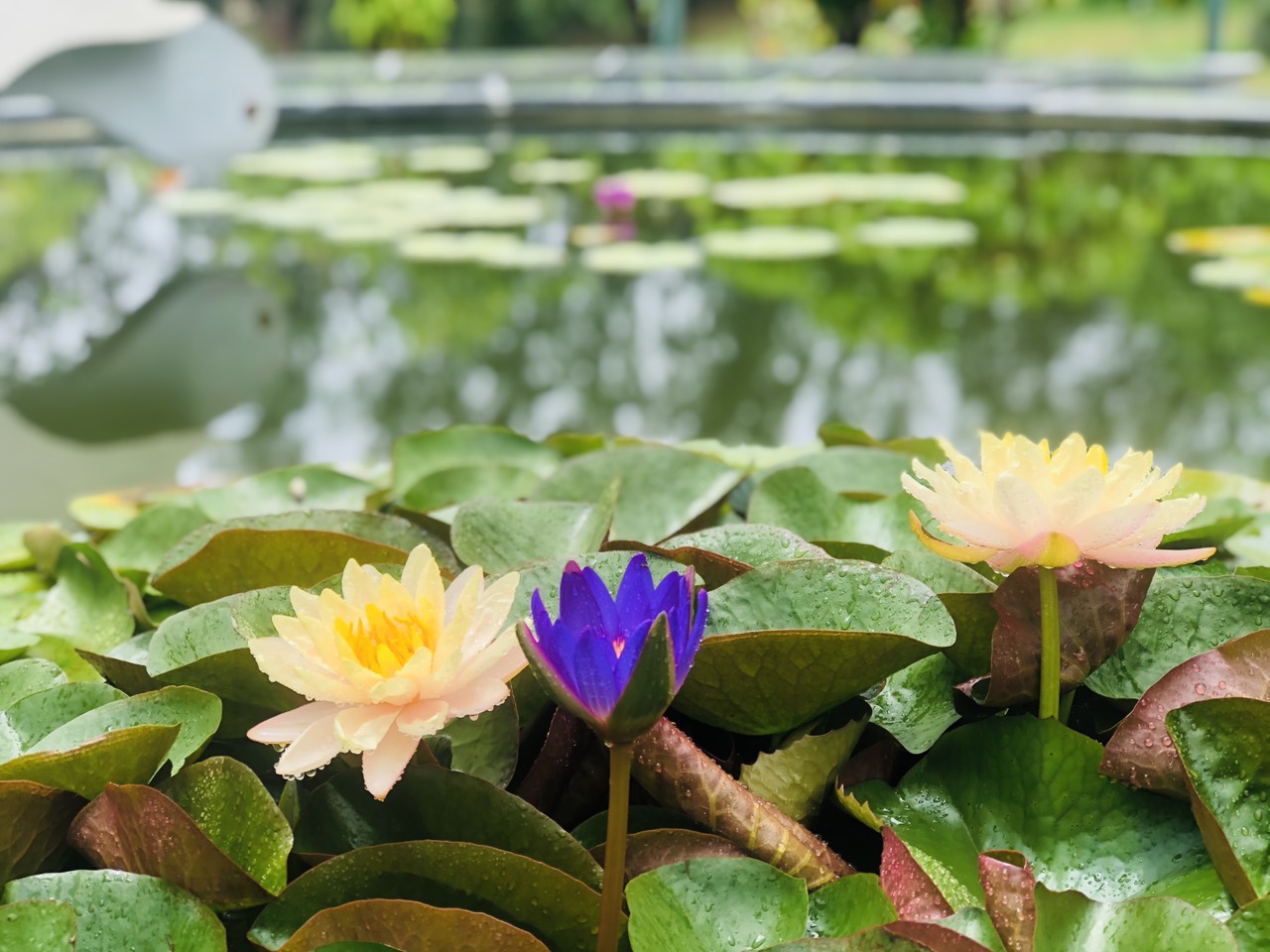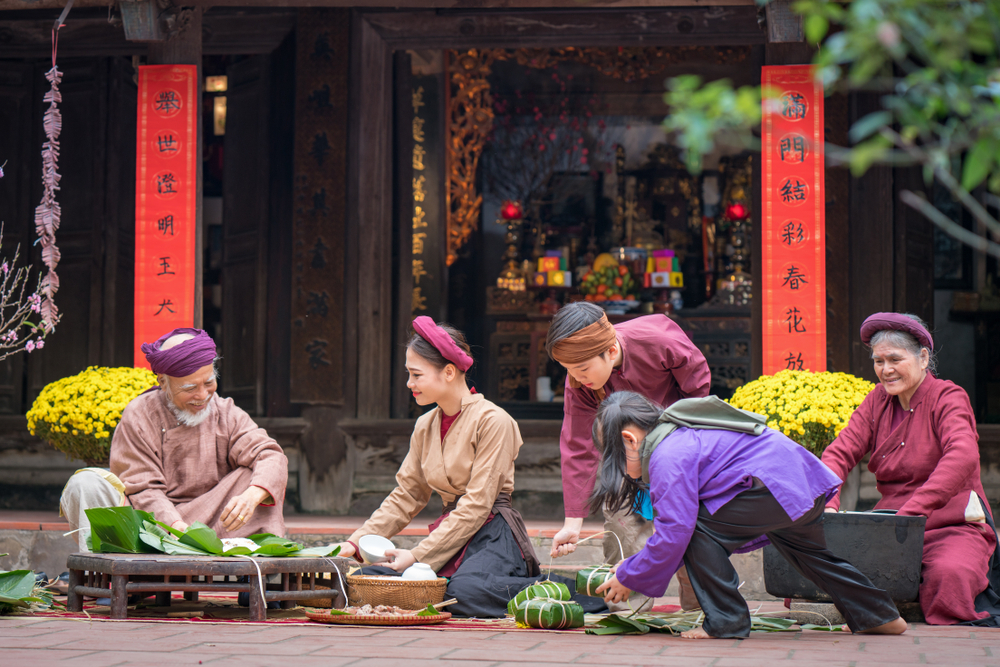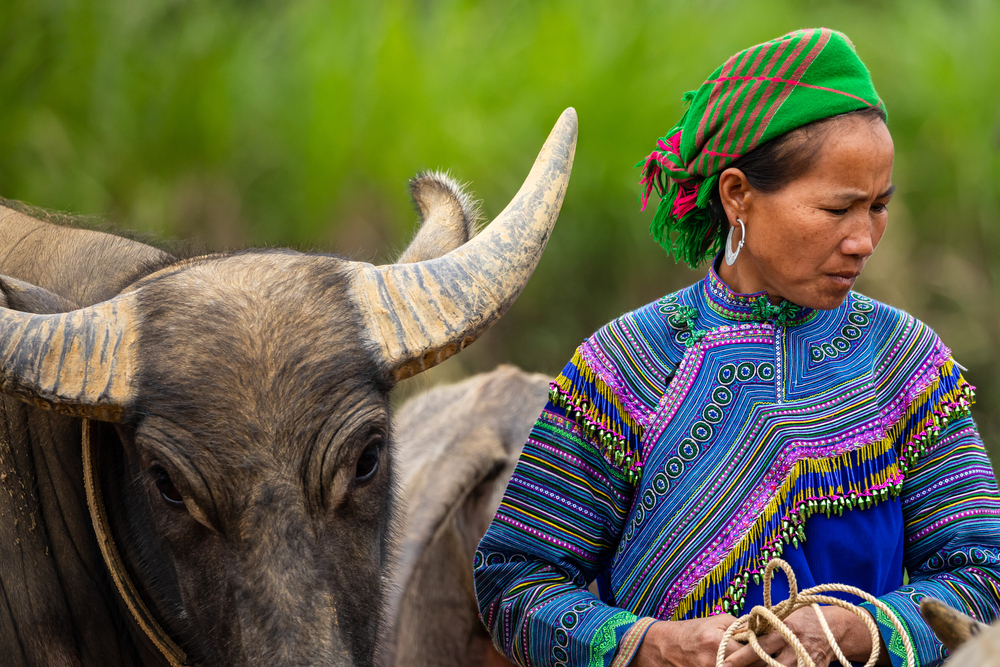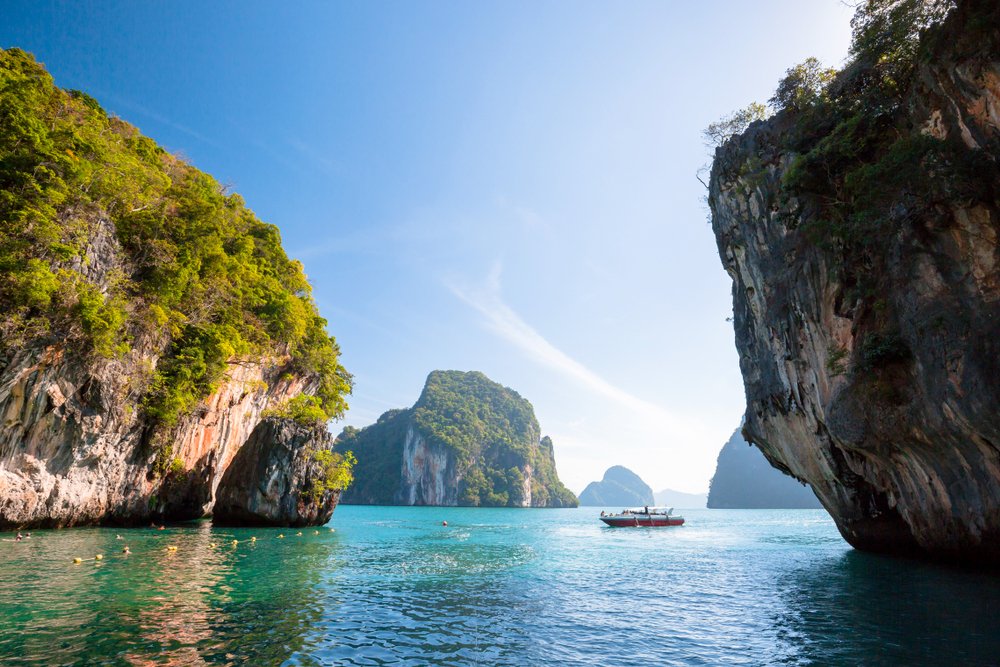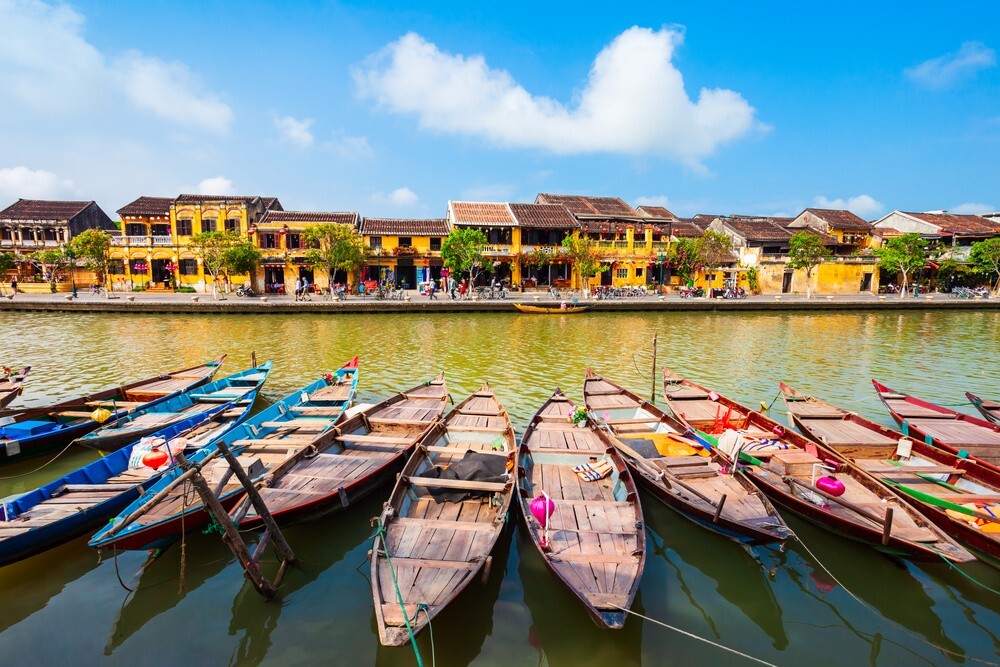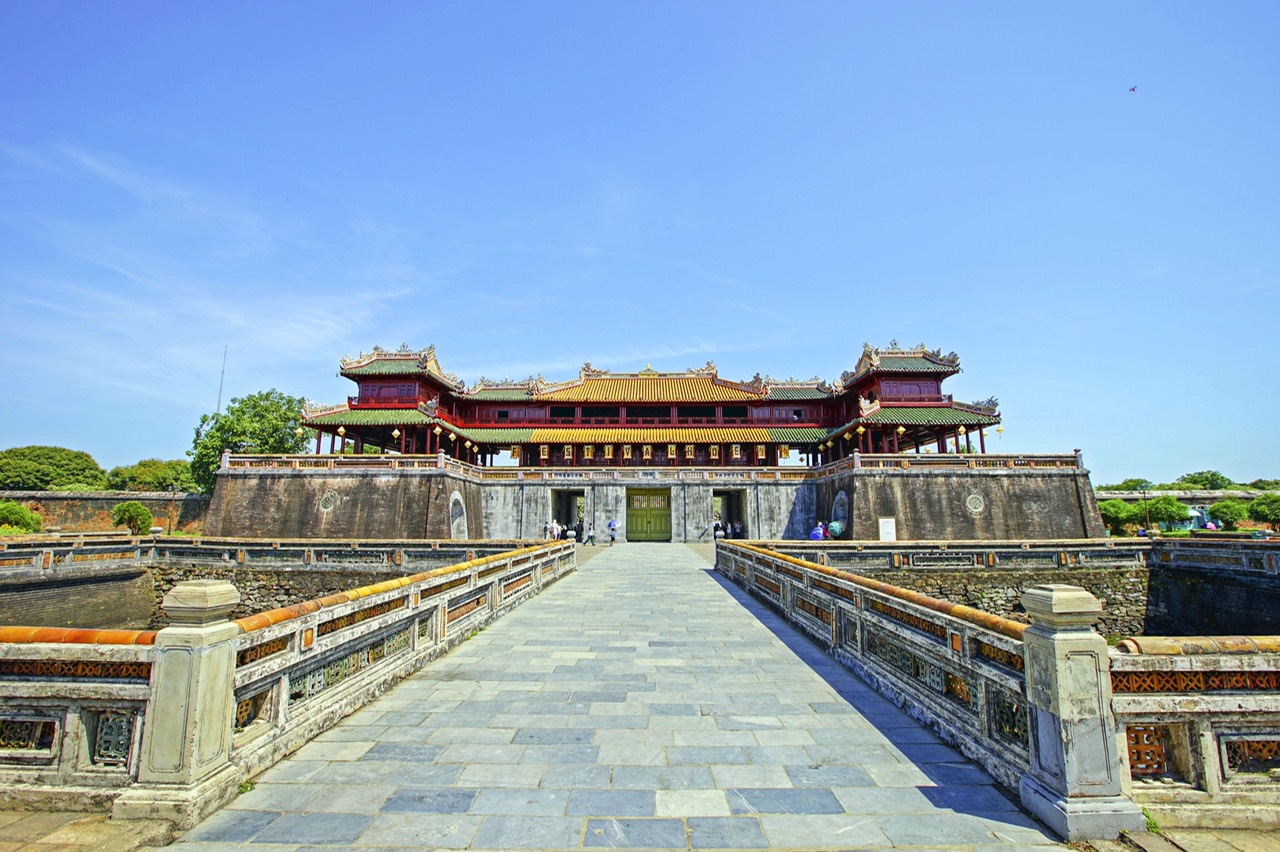
Among many famous monuments of the city of Hue, the imperial city remains the main attraction, the one not to be missed during your visit of this ancient capital. Coming to Hue without visiting the imperial city is a bit like coming to Paris without visiting the Eiffel Tower.
The main entrance
Inspired by the architecture of the imperial palaces with yellow walls, the emblematic color of the king which represents the sun, royalty, power, gold, prosperity; the imperial city of Hué extends over an area of 500 ha and includes three circles of ramparts: forbidden city, imperial city and a wall of 10 km of perimeter, 6 m height, 21 m thickness, with 10 entries.
Many buildings are today in ruins because destroyed during the bombardments in 1968 during the Vietnam war, the travelers can still see many bullet holes still clearly visible on the walls of the citadel. However, the imperial city of Hue contains the most beautiful historical and cultural treasures and does not fail to offer many attractions that delight tourists. Currently the city is being restored with the help of UNESCO.
A dragon motif, symbol of the king’s supreme power and authority
Built from 1805, under the reign of Emperor Gia Long, until 1833 under the reign of his successor Emperor Minh Mang, the whole structure was classified as a UNESCO Heritage Site in 1993. It should be noted that up to 80,000 peasants and soldiers from the region participated in its construction. The citadel is square and fortified on 10 km by an enclosure conceived according to plans inspired by Vauban fortifications. The walls of the first enclosure reach sometimes 21 m broad, pierced of about ten doors, including 4 principal. All around, a canal called Ho Thanh Ha surrounds the site.
An alley in the Imperial City
The imperial city has 4 main gates of which the southern gate (Ngo Mon) is the largest. This gate has 5 entrances among which only the middle gate is reserved for the emperor. The adjacent gates were reserved for civil and military mandarins and the side gates for soldiers, horses and elephants.
The Meridian Gate
Nowadays, it is through this gate that travelers begin their visit to the imperial city. From here, one can see the Palace of the Supreme Harmony (Diên Thai Hoa) where the royal throne is located and where great imperial ceremonies take place. This palace, built at the beginning of the 19th century, was reserved for the coronation ceremonies of the sovereigns and the great audiences. It is accessed by the Golden Water Bridge and the Ceremonial Court. It was the most important administrative building in the Imperial City. The civil madarins were seated on the left, the military on the right.
The throne in the palace of the Supreme Harmony
Located behind the Palace of Supreme Harmony, the Forbidden City is reserved exclusively for the emperor and his royal family (including eunuchs). Anyone entering this compound risked death if they displeased the king or the royal family. In addition to the family and the princes, hundreds of imperial concubines lived there.
Other doors
In the heart of the Forbidden City are about fifty buildings, organized by district according to their function: ceremonial, religious, residential where the kings worked and rested. Visitors can also admire a mandarin’s pavilion near the entrance gate, the only one remaining among the other pavilions of this place.
The Van Lau Pavilion and the Palace of Eternal Longevity
The royal theater was however a public part. It was enclosed by a wall of about 300 m and was open on 7 doors. Today only a few buildings remain in the middle of a wasteland. It was partly destroyed by a terrible fire in 1947 and then bombed in 1968 during the Tet offensive.
The Royal Theatre
Tourists can also see in the courtyard large bronze basins from the 17th century that symbolize success, power and wishes of longevity for the Nguyen dynasty. Filled with boiling oil, they were used to punish the mandarins who had erred.
The bronze basin
In front of the Dynastic Temple are the 9 dynastic urns which are considered as the precious works of Hue. They were made in 1835 during the reign of King Minh Mang to express his wishes for the eternal existence of the dynasty and the prosperity of the country. Each one bears the name of an emperor honored in the dynastic temple. Their weight and size symbolize the stability and durability of the Nguyen Dynasty. The famous landscapes and splendid sites of the different regions of the country have been engraved on their surface representing the unity of the nation. Now 180 years old, these precious legacies are wonderfully preserved despite the passage of time and wars.
9 dynastic urns
Currently, tourists have the opportunity to contemplate magnificent images of the imperial city of Hue projected in 3D. For the future, the People’s Committee of Thua Thien-Hue province (Center) is carrying out the project of digitally preserving the tomb of Emperor Tu Duc and the An Dinh Palace.
In addition to the Imperial City, Hue also has many other attractions such as the tombs of the kings, the hundred-year-old pagodas, the markets, the bicycle ride in its countryside, the handicraft villages…
You might also like:





